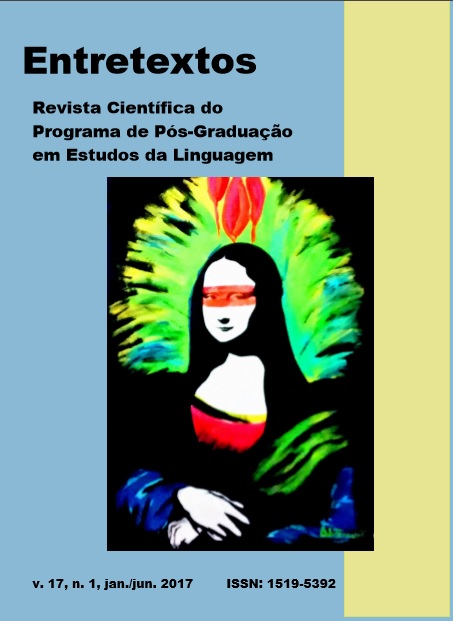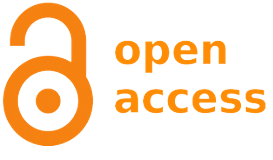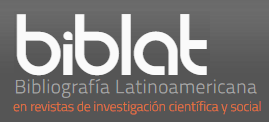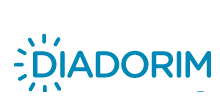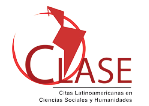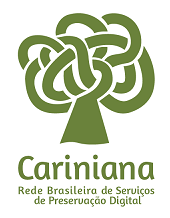The teacher's manual: guidelines for teaching and evaluation of reading in textbooks of primary education II
DOI:
https://doi.org/10.5433/1519-5392.2017v17n1p123Keywords:
Textbook, Teacher's manual, Reading, Formative evaluationAbstract
In this article, based on the qualitative approach of research, we verified how the teaching guidelines present in the Teacher's Manual can make formative assessment of reading possible. To do this, we initially carried out a bibliographical research on the subject, followed by the selection of two Teacher Manuals, of textbooks of the 8th grade, used in public schools in Belém and approved in PNLD / 2014. Then, we describe the Manuals, observing the theoretical discussions and methodological orientations for reading and evaluation, and then analyze them, using the studies developed by Batista (2009) on textbooks, by Solé (1998) and Koch and Elias (2014) on reading, by Allal (1986) and Hadji (2011) on formative assessment and by Condemarín and Medina (2005) and Beserra (2007) on reading assessment. After the reflection of the Manuals, guided by the research questions, we observe that these bring reflections to the teaching of reading, under the bias of cognitivism and interactionism. In relation to the evaluation, we verified that the formative conception of evaluation is assumed; however, no tools and criteria are proposed for the teacher to evaluate reading. Based on the data, we argued that the teaching and reading assessment guidelines are not enough for the teacher to carry out work that favors the development of students' reading skills.Downloads
References
BARCELOS, A.M.F. What is wrong with a Brazilian accent? Horizontes de Linguística Aplicada, Brasília, v. 2, n.1, p. 7-21, 2003.
BARCELOS, A.M.F. Crenças sobre ensino e aprendizagem de línguas: reflexões de uma década de pesquisa no Brasil. In: ALVAREZ, M. L. O.; SILVA, K. A. (Org.). Linguistica Aplicada: Múltiplos Olhares. Campinas: Pontes, 2007. p. 27-69.
CANAGARAJAH, A.S.; WURR, A.J. Multilingual Communication and Language Acquisition: New Research Directions. The Reading Matrix, v.11, n.1, p.1-15, 2011.
CRUZ, N. C. Crenças de graduandos de Inglês Língua Estrangeira sobre a própria pronúncia. In: CONGRESSO LATINO-AMERICANO SOBRE FORMAÇÃO DE PROFESSORES DE LÍNGUAS, 2., 2007, Florianópolis. p. 360-373.
DÖRNYEI, Z. Research Methods in Applied Linguistics: quantitative, qualitative and mixed methodologies. Oxford: Oxford University Press, 2007. 336p.
GRADDOL, D.The Future of English? A Guide to forecast the popularity of the English Language in the 21st century. London: British Council, 1997. 65p.
GRADDOL, D. English Next. London: British Council, 2006. 128p. HALL, G. Exploring English Language Teaching: Language in Action. New York: Routledge, 2011. 282p.
HARMER, J. The practice of English Language Teaching. 3 rd . ed. Harlow: Pearson Education, 2001.
JENKINS, J. The Phonology of English as an International Language. Oxford: Oxford University Press, 2000.
HARMER, J. English as a Lingua Franca. Oxford: Oxford University Press, 2007.
KUMARAVADIVELU, B. Language Teacher Education for a Global Society: a modular model for knowing, analyzing, recognizing, doing and seeing. New York: Routledge, 2012. 132p.
LEV-ARI, S.; KEYSAR, B. Why don't we believe non-native speakers? The influence of accent on credibility. Journal of Experimental Social Psychology, New York, v.46, n.6, p.1093-1096, 2010.
PATTON, M.Q. Qualitative evaluation and research methods. 2 nd ed. Newbury Park, CA: SAGE, 1990. 598p.
PENNYCOOK, A. The Cultural Politics of English as an International Language. London: Longman, 1994.
RICHARDS, J.C.; SCHMIDT, R. Longman Dictionary of Language Teaching and Applied Linguistics. 3 rd . ed. London: Pearson Education, 2002. 595p.
SALDAÑA, J. The coding manual for qualitative researchers. London: SAGE, 2009. 223p.
Downloads
Published
How to Cite
Issue
Section
License
Copyright (c) 2017 Entretextos

This work is licensed under a Creative Commons Attribution 4.0 International License.
Entretextos adota a Licença Creative Commons Attribution 4.0 International, portanto, os direitos autorais relativos aos artigos publicados são do/s autor/es.
Sob essa licença é possível: Compartilhar - copiar e redistribuir o material em qualquer suporte ou formato. Adaptar - remixar, transformar, e criar a partir do material, atribuindo o devido crédito e prover um link para a licença e indicar se mudanças foram feitas.

